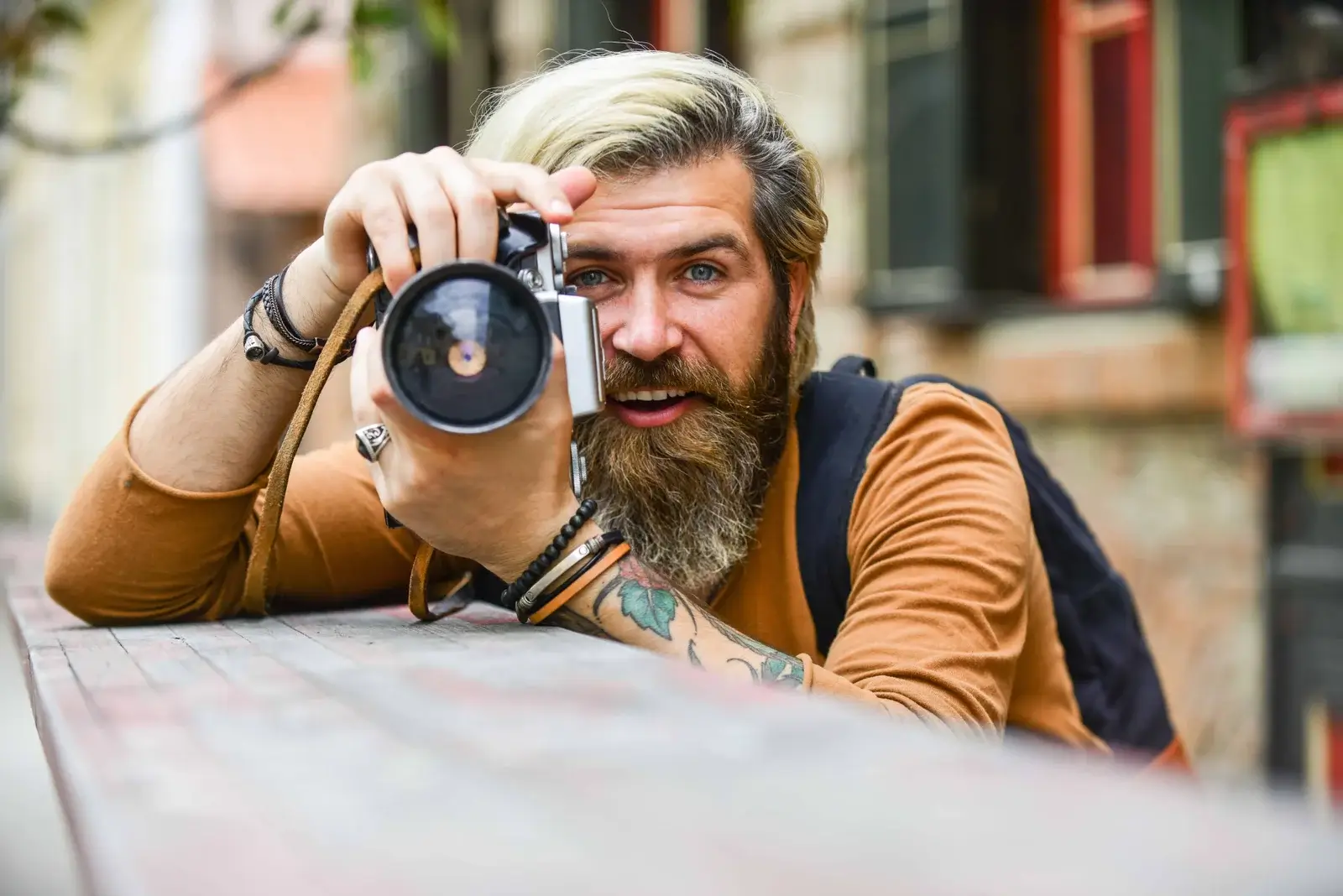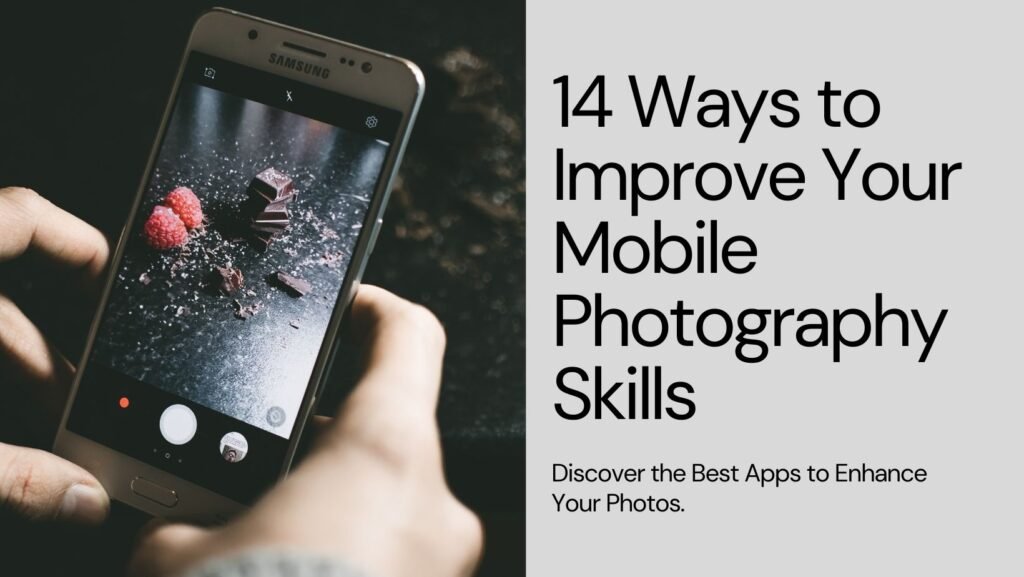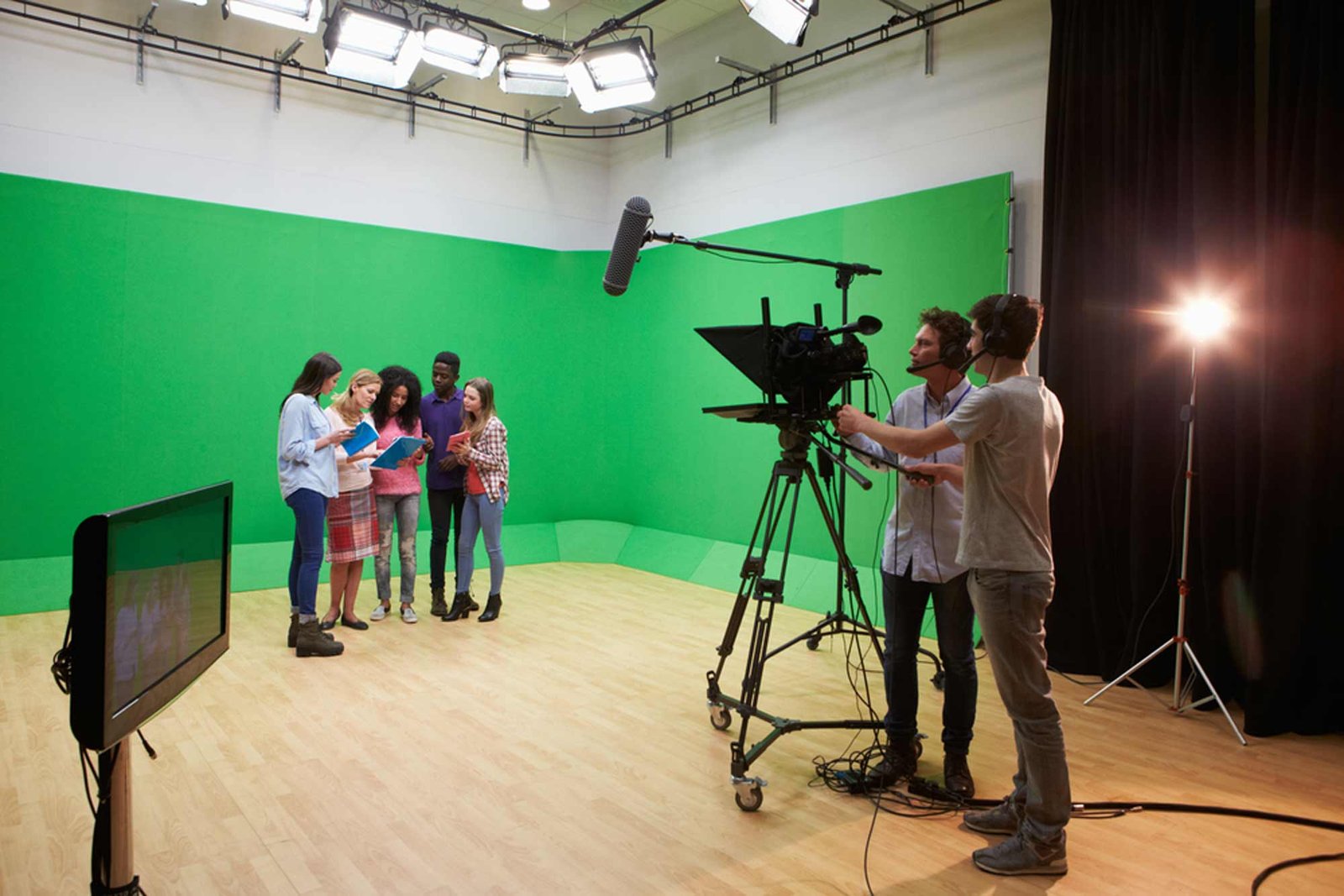In today’s digital age, smartphone cameras have become the primary tool for capturing life’s precious moments. With technological advancements, mobile devices now boast impressive camera capabilities, enabling users to take stunning photos with just a few taps. However, even the most sophisticated smartphone cameras require some finesse to produce breathtaking images. Whether you’re an amateur enthusiast or a seasoned professional photographer, mastering the art of mobile photography can significantly enhance your skills.
It is the era of mobile phones. Taking pictures with this portable device is much more convenient than using a camera, and it, in no way, lowers the quality. If you are facing this problem, though, read this article to realize your mistakes and amend them. In this comprehensive guide, we’ll explore 14 essential tips to elevate your mobile photography game and recommendations for the best photo editing apps to help you achieve remarkable results.
Photography Tricks:
It’s always about the little tips and tricks – it is the same in photography. Follow the following guidelines to capture any scenarios faultlessly.

Light is king:
When it comes to mobile photography, one aspect that can make a significant difference in the quality of your photos is lighting. Whether capturing a stunning landscape or taking a selfie with friends, understanding how to use light effectively can elevate your mobile photos from ordinary to extraordinary. Here are 14 tips to improve your mobile photos by harnessing the power of light, along with some of the best apps available to help you achieve the desired effect.
- Golden hour: The golden hour refers to the time shortly after sunrise or before sunset when the light is soft and warm, creating a magical glow. Try to schedule your photo shoots during this time for stunning results.
- Avoid harsh midday sun: The harsh midday sun can create harsh shadows and washed-out colors. If possible, shoot in shaded areas or use a diffuser to soften the light.
- Backlighting: Experiment with backlighting to create dramatic silhouettes or add a halo effect to your subjects. Place the light source behind your subject and adjust your exposure accordingly.
- Use natural light: Opt for natural light over artificial lighting whenever possible. It tends to be more flattering and can bring out the true colors of your subjects. Position your subject near a window or outside to take advantage of natural light.
Composition matters:
The great composition can turn an ordinary scene into a captivating image. Familiarize yourself with composition techniques such as the rule of thirds, leading lines, negative space, and filling the frame. Experiment with different compositions to find what works best for your subject and the story you want to tell.
Focus on the subject:
Ensure your subject is the focal point of your image by tapping to focus on it. Most smartphone cameras allow you to adjust exposure by tapping on different areas of the frame, helping you achieve the perfect balance of light and shadow. Additionally, use object recognition technology to help your camera automatically identify and focus on specific subjects.
Experiment with angles:
Don’t be afraid to get creative with your angles. Instead of shooting everything at eye level, try getting low to the ground or shooting from a high vantage point to add interest and variety to your photos. Remember, rules are meant to be broken, so don’t hesitate to experiment with unconventional angles for unique and compelling shots.
Go close:
Capture the intricate details of your subject by getting up close. Most smartphones feature a macro mode that lets you focus on objects just a few centimeters away, revealing textures and patterns that might otherwise go unnoticed. Alternatively, use digital zoom creatively to isolate exciting details and create visually striking compositions.
Burst mode:
Capture fast-moving subjects or fleeting moments with burst mode. This feature allows you to take a rapid series of photos with a single shutter button, increasing your chances of getting the perfect shot. Burst mode is handy for action shots, candid moments, or situations where timing is critical.
HDR for balance:
High Dynamic Range (HDR) mode can help you achieve balanced exposures in high-contrast scenes. By capturing multiple images at different exposure levels and combining them into a single photo, HDR mode preserves details in both the shadows and highlights, resulting in more natural-looking images with improved dynamic range.
Editing Tips:

As much as pre-processing or great skills are put to use to obtain impeccable images, post-processing is still imperative. Here are some tips to keep in mind when editing your photographs.
Crop for impact:
Crop your photos to improve composition and remove distractions. Tightening the frame around your subject can draw the viewer’s attention to the most essential elements of your image while eliminating clutter can help create a cleaner, more visually appealing composition.
Adjust lighting and colors:
Fine-tune the lighting and colors in your photos to enhance their overall look and feel. Adjust brightness, contrast, saturation, and white balance to achieve the desired effect. Pay attention to the light source in your images and adjust the white balance accordingly to ensure accurate color reproduction. Fortunately, there are several tips and apps available that can help you change these elements effectively.
- Find good lighting: When capturing photos, look for natural sources like windows or open spaces. Avoid harsh or direct light, as it can create unflattering shadows. If necessary, use reflectors or diffusers to soften the light.
- Use the exposure compensation feature: Adjusting the exposure can help you achieve a well-balanced image. Increase the exposure for brighter scenes and decrease it for darker scenes.
- Use the white balance setting: White balance affects the overall color temperature of your image. Adjusting the white balance can help you correct color casts and ensure accurate colors. Experiment with different white balance settings such as daylight, cloudy, or tungsten to find the best option for your specific lighting conditions.
- Use filters and presets: Many photo editing apps offer a wide range of filters and presets that can enhance the mood and tone of your images. Experiment with different filters to find the ones that best suit your style and the subject of your photo.
- Adjust saturation and vibrance: Saturation refers to the intensity of colors in your image, while vibrance affects the saturation of muted colors. Use these adjustments to enhance or tone down the colors in your photo, depending on the mood you want to create.
Sharpen for clarity:
Enhance the clarity and detail in your photos by applying selective sharpening. Be careful not to overdo it, as excessive sharpening can create unnatural-looking artifacts. Instead, use subtle adjustments to enhance the finer details of your image and make them pop.
Remove blemishes:
Touch up your photos by removing any blemishes or imperfections. Whether it’s dust spots on your lens, red-eye in portraits, or unwanted elements in the background, photo editing apps offer a range of tools for seamlessly removing distractions and enhancing the overall quality of your images.
Apply filters selectively:
Experiment with applying filters to your photos to enhance their mood and style. Whether you prefer vibrant colors, dramatic black and white, or nostalgic film effects, filters can help you achieve the look you want with just a few taps. However, be mindful not to overdo it—apply filters selectively to avoid detracting from the natural beauty of your images.
Best Apps for Photo Editing:
Excellent photo editing tricks require even more prominent editing apps for exceptional results. Following are some of such apps that are free and can be readily used in “iOS” and “Android.”

When editing your mobile photos, having the right tools can make all the difference. Here are some of the best photo editing apps available:
- Snapseed: This powerful photo editor offers a wide range of tools and filters for fine-tuning your images, including selective editing, HDR scape, and drama effects.
- Lightroom Mobile: Adobe’s mobile counterpart to its popular desktop software, Lightroom Mobile, offers advanced editing features such as raw photo support, selective adjustments, and sync across devices.
- VSCO: Known for its minimalist interface and film-inspired presets, VSCO is a favorite among mobile photographers looking to give their images a distinctive look and feel.
- Photoshop Express: Adobe’s mobile version of its iconic Photoshop software offers essential editing tools such as cropping, straightening, and basic adjustments, all in a user-friendly interface.
Bonus apps:
In addition to the top editing apps, here are some bonus apps that can take your mobile photography to the next level:
- Lens Distortions: Add creative lens effects such as light leaks, flares, and fog to your photos to give them a unique and atmospheric look.
- ProCam: This feature-packed camera app offers manual controls, raw photo support, and advanced shooting modes for capturing professional-quality images on your mobile device.
- Foodie: Designed specifically for food photography, this app offers a range of filters and editing tools tailored to enhance the colors and textures of your culinary creations.
- Canva: While not strictly a photo editing app, Canva offers a wide range of design tools and templates for creating eye-catching graphics and collages using your mobile photos.
With these tips and apps, you can take your mobile photography to new heights. Whether you’re capturing stunning landscapes, intimate portraits, or everyday moments, combining technical skill and creative vision will enable you to create beautiful photos that tell compelling stories and evoke emotions in your viewers. So grab your smartphone, explore the world, and capture memories one click at a time.
Taking pictures and editing is a delightful process; don’t make it a burden. Know the right strategies and get going! You can also hire a professional photo editor to do it for you




